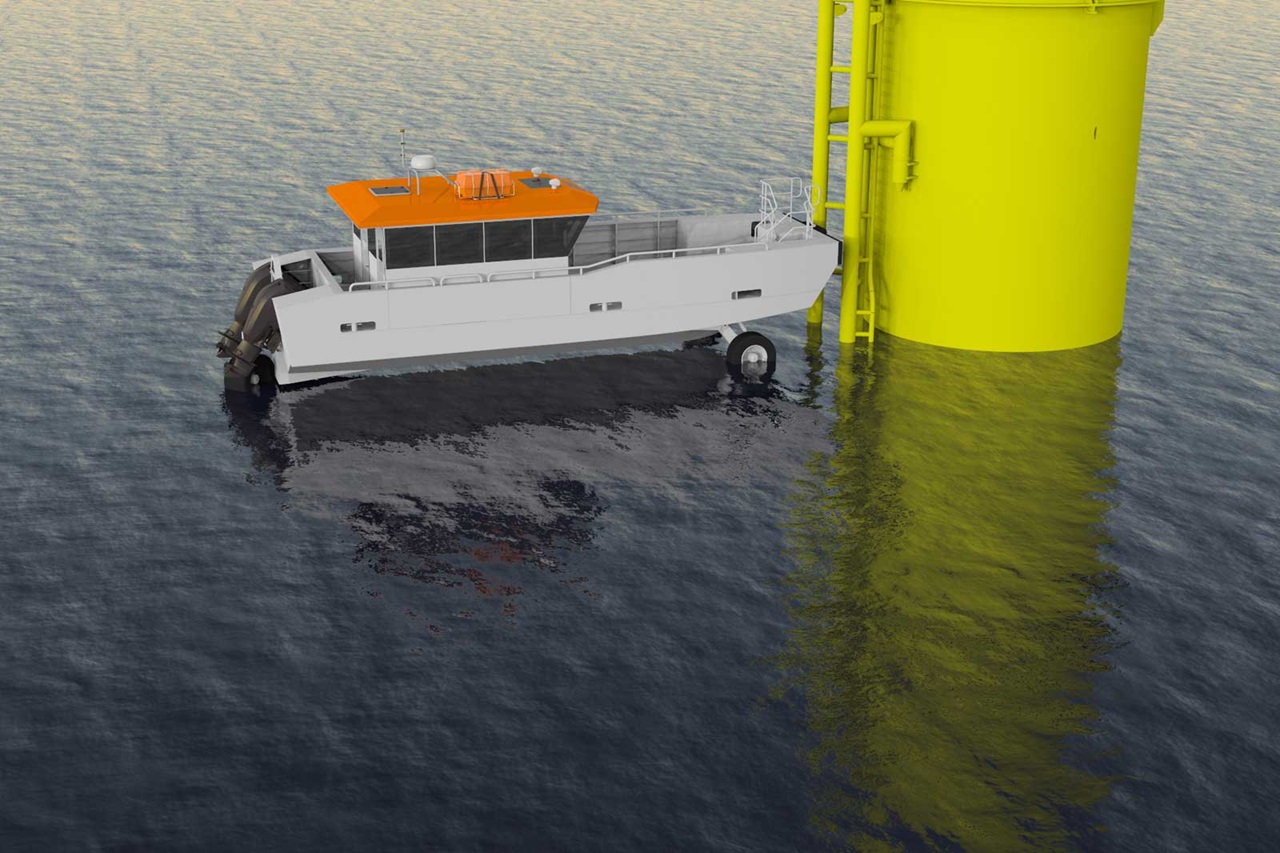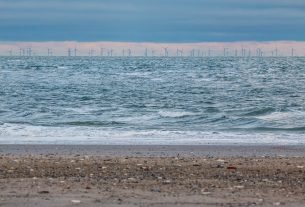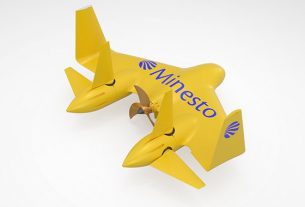United Kingdom – With the innovative design and build of a world-first amphibious vessel for reaching offshore wind farms in shallow waters, RWE, in collaboration with Commercial Rib Charters (CRC), is driving an offshore wind revolution.
The one-of-a-kind crew transfer vessel was originally built to reach turbines at Scroby Sands that had become stranded due to the sandbank’s natural rising tide. The fully seaworthy vessel, which can also drive on land, offers a one-of-a-kind access solution for some of the industry’s first-generation assets that are subject to extremely dynamic seabed conditions.
The RWE Scroby Sands offshore wind farm, with a capacity of 60 megawatts (MW), was one of the first of a series of projects in the UK, all of which were built in coastal areas with relatively shallow waters close to shore. Scroby Sands was built on a prehistoric sandbank that has risen over time as a result of natural changes in the marine environment and coastal erosion, effectively isolating four turbines from service vessels.
Design and build
The bespoke solution was created in record time by RWE’s Operations team, Technical Innovation team, and vessel provider Commercial Rib Charter (CRC), which hired naval architects Chartwell Marine to complete the design to the requested specifications. Diverse Marine, based on the Isle of Wight, is currently building the vessel, which will be operated for RWE by CRC under a six-year contract.
In honor of R.J. Mitchell’s classic 1930s Supermarine amphibious biplane, the fully seaworthy vessel will be named ‘CRC Walrus.’ It has two front wheels and one back wheel, and it can transport 10 technicians and two crew members to any of the array’s turbines, including those on the raised sandbank. The CRC Walrus is a 12-meter type-approved crew transfer vessel with a cargo capacity of 1000kg on deck.




